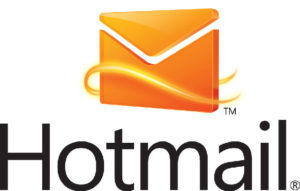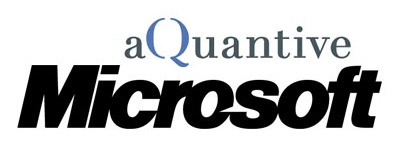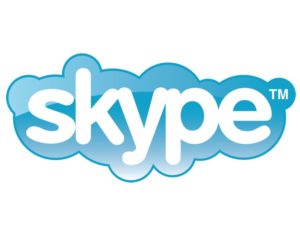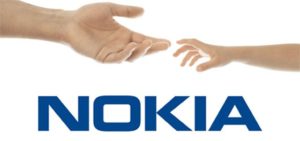In what became Silicon Valley’s fourth largest acquisition, Microsoft bought LinkedIn for $26 billion at a 50% premium over its existing share price. LinkedIn’s stock quickly rose up to over $190 in light of the numerous possibilities that investors saw arising as a result of the deal.
And yet, despite these possibilities, the chances of Microsoft being actually able to do anything solid with LinkedIn look slim. This is largely in part due to Microsoft’s poor track record with deals of such nature. To understand, let’s have a look at some of Microsoft’s huge acquisitions of the past and what became of them.
Hotmail
For a long while, Hotmail’s $500 million acquisition in 1997 was Microsoft’s largest. To put that in perspective, the Indian Software giant Infosys’s revenues that year were just under $70 million with an employee strength of 2600. Hotmail didn’t really look like a bad acquisition; it gave Microsoft access to a user base of 9 million with scores of email IDs. And it was the hottest (and the only popular) email product out there.

Acquired: Dec 31, 1997; Price: $500 million
However, Hotmail didn’t really evolve with the times. It was considered hackable and it had glitches and bugs. Moreover, with Gmail’s entry in 2004 with a sleeker, cleaner interface more focused on the youth and its potentially unlimited storage space, Hotmail appeared clunky and old. If Hotmail was a corporation, Gmail was a startup. Yahoo also served as a healthy competitor to Hotmail. So much so that Microsoft, in a bid to catch up with the times, completely decided to revamp and rebrand Hotmail as Outlook.com, signaling the end of an era and ending Hotmail on an underutilized note.
aQuantive
Ever heard of this name? I doubt so. But this digital marketing and advertising services company made headlines when it was acquired by Microsoft on May 18, 2007 for $6.2 billion. Almost five years later, the deal was written-off my Microsoft for the entire amount indicating that they considered the acquisition to be a failure.

Acquired: May 18, 2007; Price: $6 billion
Microsoft kept aQuanitive too close to their chest. Instead of working on their display advertising features, Microsoft made them work on search advertising. With little autonomy to operate, most of its top talent left leaving it. Microsoft learnt its lesson, but not before the acquisition had dug a sizable hole in its pocket. The deal has now made its way to case studies and taught to students as an example of a bad acquisition.
Skype
Back in May 2011, Microsoft made a high-profile acquisition of Skype for around $8.5 billion. This was despite Microsoft already having its own communications system Lync up and running since 2003. At the time the deal was made, Lync had over 300 million users with 40 million online at once as against Skype’s 124 million odd users. And yet Microsoft saw something in Skype that it could make use of.

Acquired: May 10, 2011; Price: $8.5 billion
Almost a year after the deal, Microsoft hadn’t done anything with it. Sure Skype’s user base grew by 26% to over 200 million in the last 7 months but nothing of significance came out of the deal. In fact, as far ahead as 2013, Skype’s revenue still hadn’t increased substantially (it was made part of Microsoft’s Entertainment & Devices division which made its revenue harder to detect). The deal has since allowed users to merge their Hotmail and Skype accounts (a feature which most users weren’t and aren’t aware of). Also, the competitive advantage that Skype seemed to offer Microsoft over communication against competitors Google and Facebook has been largely eroded with both companies coming out with their own conferencing solutions in the form of Hangouts and Facebook Video Calling respectively.
Nokia
Without doubt, this $7.5 billion acquisition of Microsoft was the most talked about deal in 2014. The deal was part of Microsoft’s then intention of stepping it up in the phone manufacturing business and was by all accounts, a monumental failure. A failure that Microsoft made no secret hiding when it wrote-off around $6.3 billion in goodwill as an impairment charge of the deal. It was followed by Microsoft laying of around 7600 employees in its devices division which would cost the company an additional $750 – $850 million.

Acquired: Apr 25, 2014; Price: $7.4 billion
The deal was largely the result of Microsoft’s then CEO Steve Ballmer’s insistence which was his last major act at Microsoft before he left. The intent was to expand Microsoft’s Windows Phone business having Nokia’s Lumia devices running Microsoft’s Windows Phone Software manufactured in house. Almost a year later, Microsoft would place its hardware segment at $116 million, representing a massive 97% drop in value. The fact that Satya Nadella was opposed to this deal could come as some relief though.

Acquired: Jun 14, 2016; Price: $26 billion
If the adage history repeats itself holds any truth, Microsoft could have effectively killed LinkedIn’s competitiveness. By the time Microsoft does actually get started on capitalizing upon its acquisition, Facebook for Work or something else would’ve probably raced far ahead. Then again, most of the acquisitions seem to have taken place under Steve Ballmer’s control. Let’s see if Satya Nadella manages to break Microsoft’s unsuccessful acquisition jinx.





